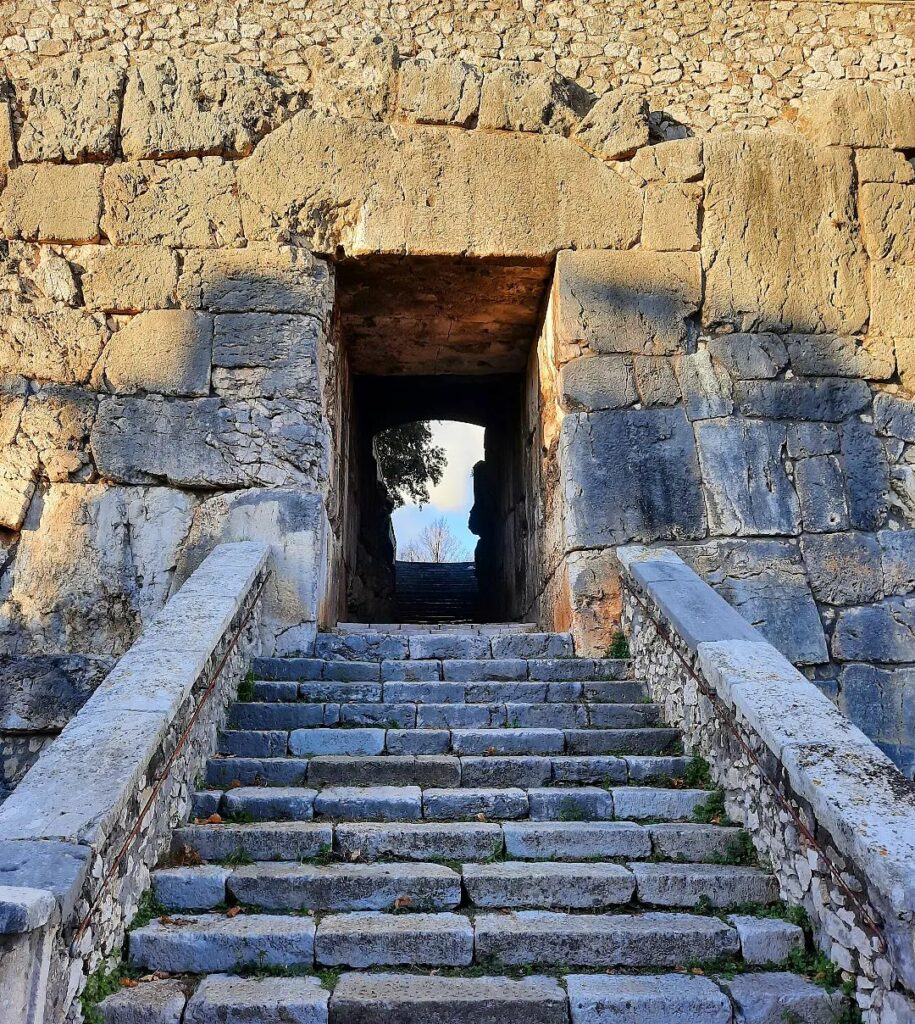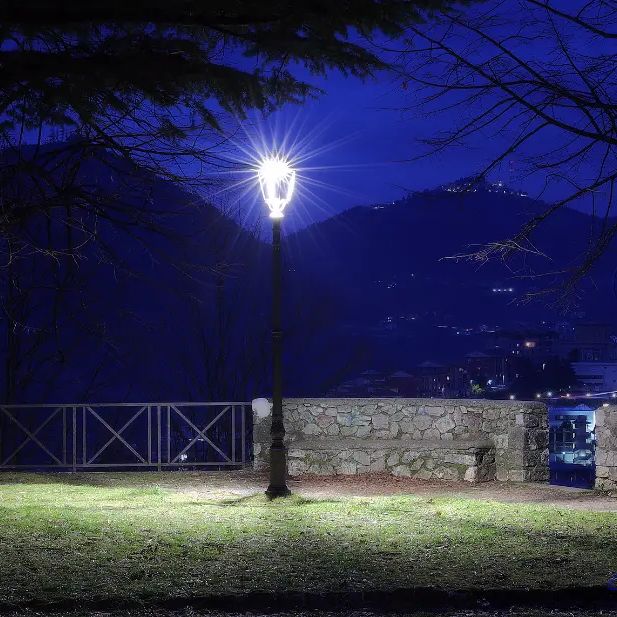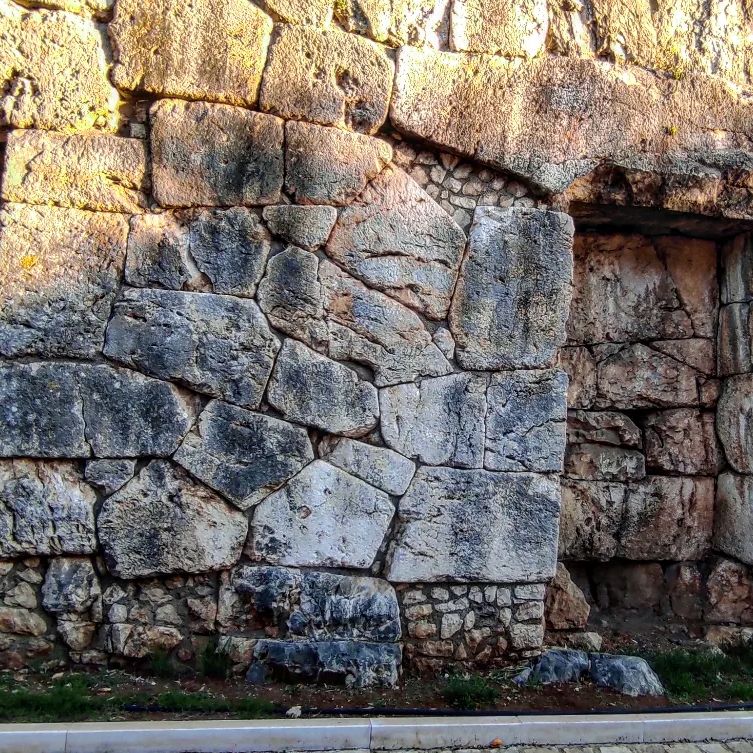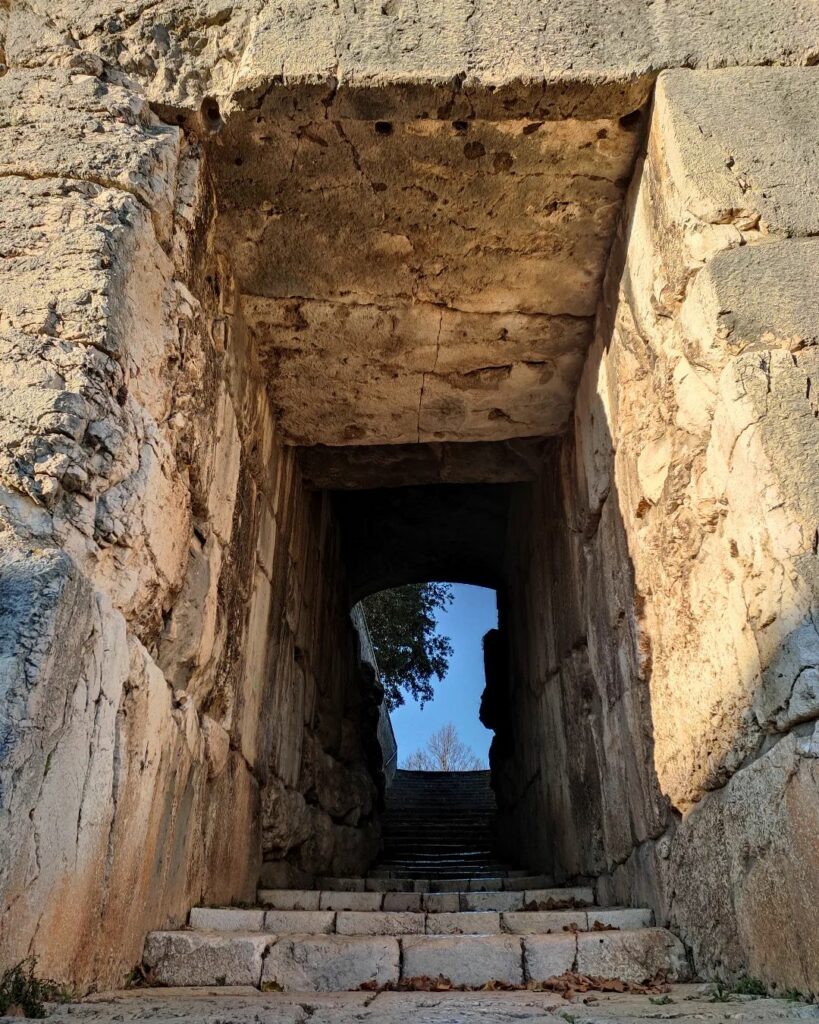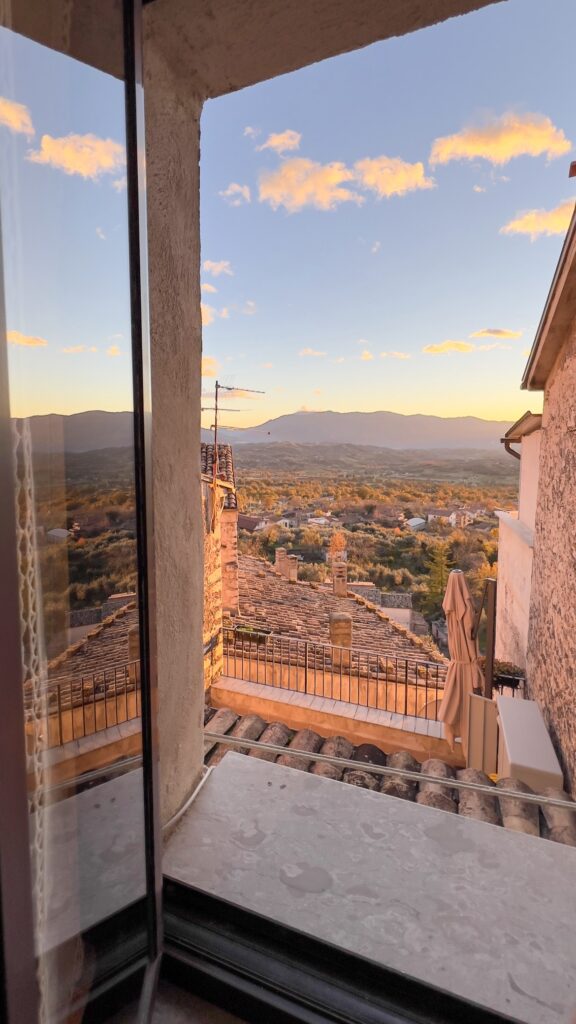
Close

The Acropolis of Alatri, an imposing Cyclopean construction dating back to pre-Roman times, stands majestically as the city’s oldest and most revered monument.
ADDRESS
ACCESSIBILITY
By car
DISTANCE
55km
Together with the city wall, this bold and imposing structure with mighty polygonal walls, made of huge stones perfectly laid without the aid of mortar, surrounds a vast elevated area of 19,000 square metres, located at the heart of the city centre.
Conceived to reach the sky through a unique design, the Acropolis of Alatri was built with the intention of addressing the constellations, to which the ancient builders recognised a value comparable to a ‘Divine Paternity’ (Source: G. Capone, Historian). Due to its dominant position and unassailable inaccessibility, the Acropolis has served a dual function since its origin: from a sacred space to a defensive garrison. It has alternately served as the site of ancient religious rituals and the final refuge for the population below.
The majestic megalithic walls, commonly called ‘Cyclopes’ because of their grandeur, are surrounded by legends that attribute their construction to the Cyclopes themselves. The Acropolis was oriented astronomically through complex calculations, and the discovery of a graffito in 2008, depicting two arrows indicating 135° azimuth, revealed that, in 5300 BC, this position corresponded to the progressive sunrise of the Three Stars of Orion’s Belt, followed by the star Sirius. At the same time, at 90° (East), Gemini (the astrological Era) and Auriga were rising, perfectly aligned with the shape of the Acropolis (Source: Alatri, the Acropolis its Mysteries).
The imposing Cyclopean walls, officially dated between the 1st and 5th centuries B.C., according to Ornello Tofani, editor and independent researcher, date back to 5300 B.C., underlining the extraordinary antiquity and mystery surrounding this unique archaeological site.
